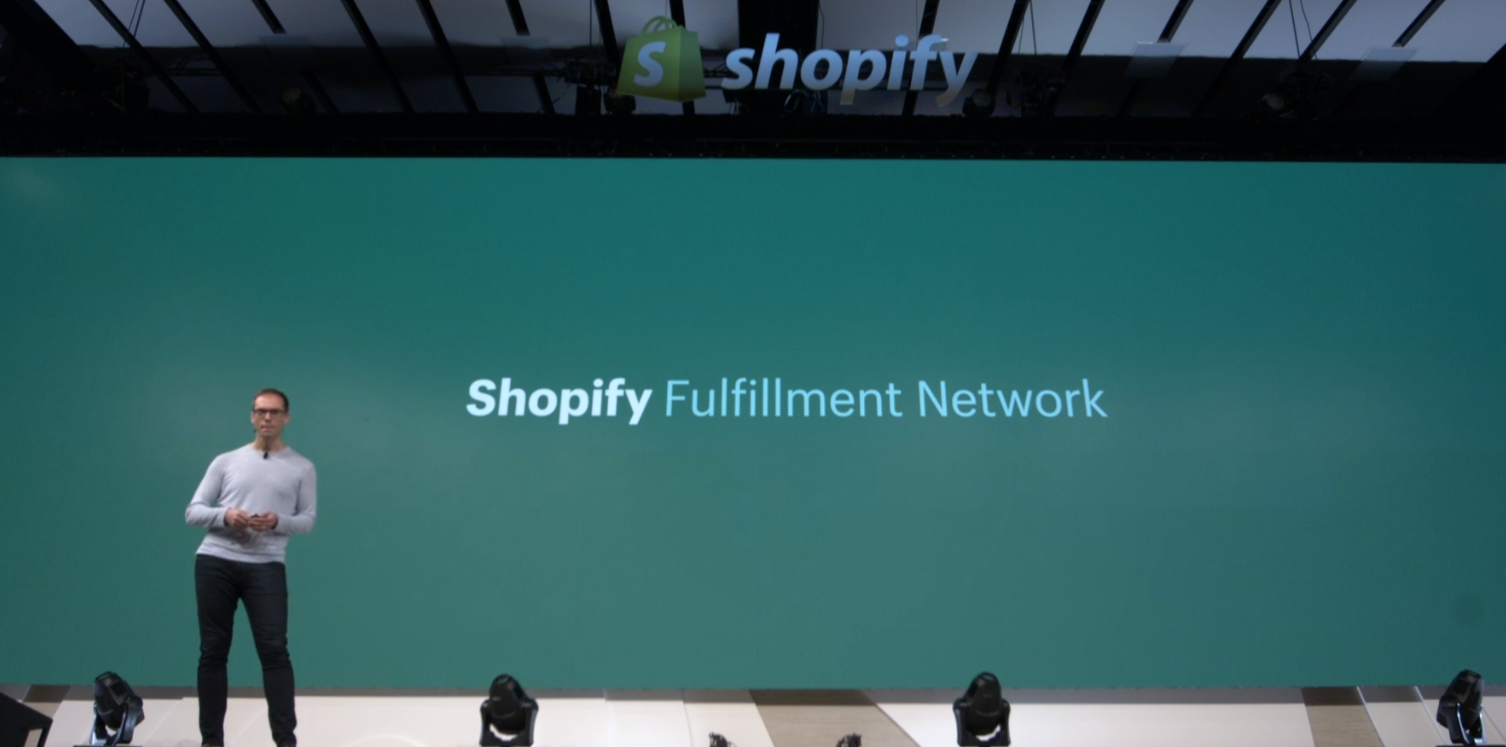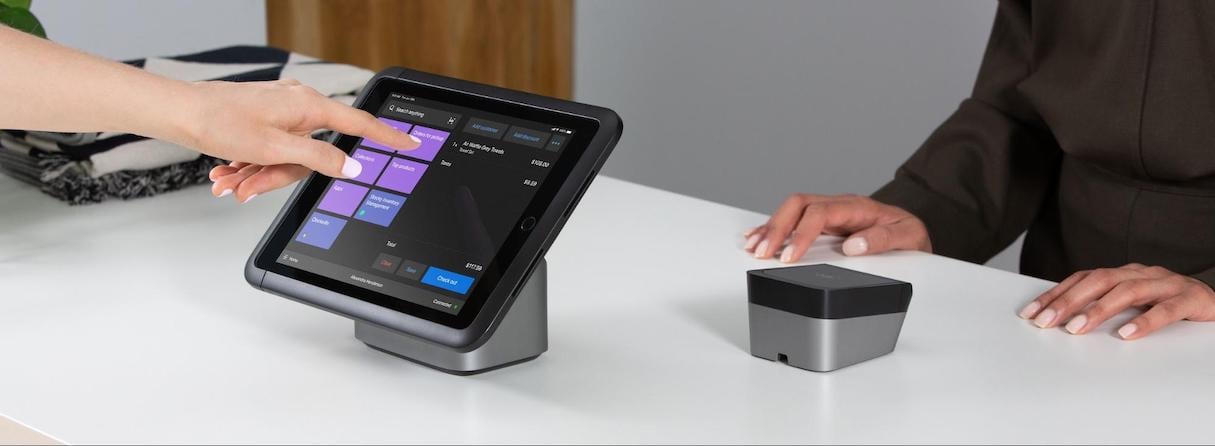Another year of Shopify Unite has officially wrapped, and with it comes a slew of new updates to make commerce easier than ever.
Back in April, we took a look at the most likely upgrades to come from the conference and were spot on when it came to international growth, advancements to Shopify Plus, and improvements for headline commerce. However, Shopify also improved customer engagement tools, an update to the POS system, support for video and 3D products, and more support for the back office.
Below is a quick look at some of the most impactful changes that are coming to Shopify:
Launch of Shopify Fulfillment Network
Shopify already makes it easy to launch and manage a store with close to no custom coding, and now they will bring the same ease of access to order fulfillment. This comes at a time when some of the largest retailers - Amazon and Walmart - are at odds to deliver products in the shortest amount of time possible. And, if a recent Bloomberg report is accurate, Amazon may no longer support small businesses through their Vendor Central platform. This means that small merchants will have a large gap in order fulfillment when it comes to shipping needs.
The new network will be supported by third-party suppliers located in Nevada, California, Texas, Georgia, New Jersey, Ohio, and Pennsylvania.
“Our smart inventory-allocation technology, powered by machine learning, predicts the closest fulfillment centers and optimal inventory quantities per location to ensure fast, low-cost delivery. After your customer completes checkout, Shopify Fulfillment Network takes care of everything else, while putting your brand and customer experience front and center.”
According to a report from ecommercebytes, details regarding pricing are still in the works, but will supposedly be customized based on distance traveled, products involved, and location.
Although Shopify plans to support merchants of all sizes at the full launch, select brands can already apply to be part of the network now.
Updated Shopify Plus
Shopify Plus is designed for the ever-growing merchants that manage multiple stores or have advanced needs. It should come as no surprise that due to the ease of use of the platform that merchants have run up against a wall and need the support of enterprise-level organizations. The latest version is set to release some parts this year, with the wider release in 2020. However, they will be releasing the beta to developers soon.
The new Shopify Plus will offer:
- Ability to manage multiple stores
- Manage users
- Automation
Because Shopify Plus merchants typically have several stores that they manage, it’s likely that not all users need access to everything. Among the updates are enhancements to user and admin controls, which better protects information behind the scenes. Merchants will also be able to manage stores in a singular location, too.
Shopify Flow, their system that lets merchants automate repetitive tasks, will now let admins and users easily copy automation across stores, rather than rebuilding them.
Overhaul to Core Store Experience
Shopify is already known for their ease of use, but with the overhaul coming to the core store, merchants shouldn’t ever need to code a single line. For starters, Sections will be usable on all pages. In the past, these were only available for homepages, which made adding or moving content easy but will now span across landing pages, product pages, and more.
The other updates also make it easier to apply changes on a wider scale, such as master pages, which act as a style that can easily be dropped on to a page. This also includes template like pages called Starting Points. They are also releasing a new Draft feature:
“We’re introducing a new safe place for merchants to draft changes to their online store, prior to publishing. They’ll be able to change aesthetics and content on existing and new online store pages, and publish when they’re ready.”
Expanded Global Support
As stores grow, so do their needs to support customers from around the world. This year, Shopify announced the support for 11 new languages for admin and user areas (now 18 in total), as well as multiple currencies.
The added languages are: Dutch, Simplified Chinese, Traditional Chinese, Malay, Hindi, Swedish, Danish, Finnish, Norwegian, Korean, and Thai.
Merchants will also be able to display local currencies, based on current exchange rates, and offer buyer friendly numbers based on rounding rules. The support currencies will be GBP, AUD, CAD, EUR, HKD, JPY, NZD, DKK, SGD, and USD.
Last but not least, Shopify will also introduce a new translation feature that makes it easier for consumers to translate content that matters most to them. From content, product descriptions, to blog posts, buyer-focused content will easily be translated.
Bonus: Updated POS system
Built from the ground up, Shopify is releasing an all new POS system. The focus? Apps.
“Developers can expect better accessibility, with full screen app extensions on the home screen, compatibility with all current apps, and a simpler design for a better app experience.”
In addition to the app focus, the UI is getting a more sleek and simple look, is set to offer faster checkouts, and is more scalable. But the biggest update is that the new POS system will support site to store. Now, customers will be able to purchase online and pick the item up at the brick-and-mortar store.




